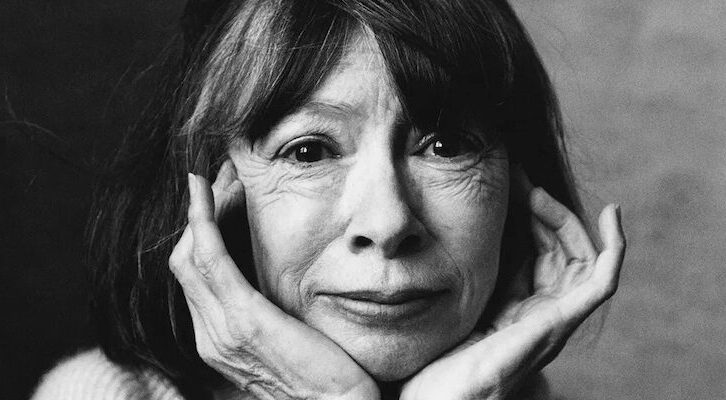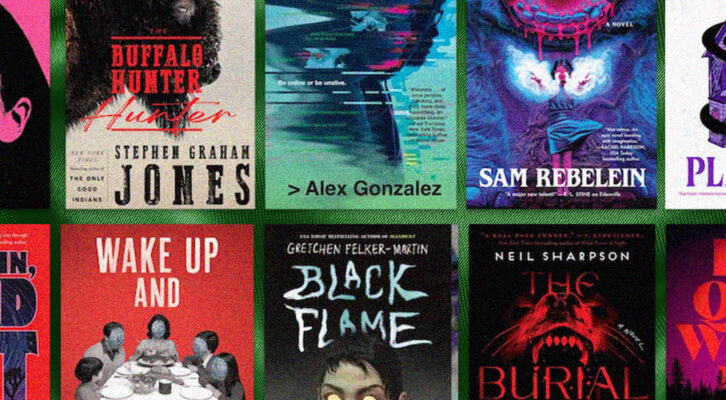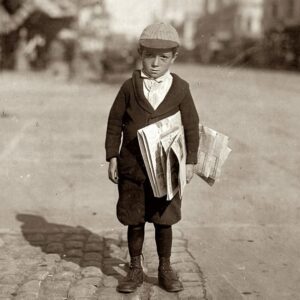
Five Takeaways from the Joan Didion and John Gregory Dunne Papers
Evelyn McDonnell on Feminism, Family, and Feuds
In 1955 Joan Didion was an undergraduate at the University of California, Berkeley, when she received a letter from her father that must have shaken the 20-year-old to her core. “Something has developed beyond our control, which makes me believe I won’t be around much longer,” Frank Reese Didion wrote to his oldest child. “This is just a form of a fond goodbye with the hope that you will forgive me for my many mistakes.”
The apparent suicide note is one of many artifacts that were made available to the public, by appointment only, beginning March 26 in the Joan Didion and John Gregory Dunne Papers at the New York Public Library. The letter, dated Sept. 21, 1955, indicates the depth of Frank Reese Didion’s depression, which had led to his hospitalization during Joan’s college years. This cursive missive was sent two years after that stay, however. It is given little context in the box of Didion’s letters home to her family in which it is tucked, though it follows by 23 months a letter he sent to her mother, detailing the family finances “in the event something happens.”
The father wrote prophetically to his daughter in 1955: “We both know that you have a definitely superior mentality and the will to successfully accomplish anything you want to do.” Forty-five years later, Joan herself spoke to her psychiatrist of being confused by the letter’s timing, according to her own notes in 2000. If Frank Reese did attempt suicide then, he survived and became a successful businessman. He died on December 19, 1992.
The correspondence is just one of thousands of artifacts that provide new clues and context for understanding the life and letters of one of the most iconic literary figures of the past century. The much-anticipated opening of 336 boxes in this literary treasure trove drew journalists, authors, and scholars to the woody special collections reading room on the third floor of the historic Fifth Avenue building—though a crowd in this rarefied context means several writers competing for prized boxes.
“I’ve actually never seen it in my career, which is kind of exciting,” said senior curator Julie Golia. “We think about archives in the longest terms. We’re like, we can’t wait till 20 years from now, when new scholarship is made from this collection… This is an entry point to bring in a new generation of people to consider any kind of creative generation, not just scholarship, from this collection.”
First in line March 26 was Clara Champagne, a fourth-year Ph.D student at the University of Montreal who is writing a dissertation on the evolution of Didion’s journalism from the 1960s to the 1970s. “What interests me is her ideas about how we can know the world through writing, or how we can’t,” she said. “There’s a lot of research notes. She’s going to have 10 pages of notes for a 10-line passage. And they’re all in the collection. She kept everything.”
Themselves avid researchers and gossips, Didion and Dunne filed all manner of documents, from the mundane to the remarkable. It would take months for a single person to go through every letter, notebook, daybook, research file, draft, photo, and lock of hair in the 146.68 linear feet, which the library purchased from Didion’s estate in 2023. “It will add complexity to her,” assistant curator Meredith Mann said. “There will be new perspectives on her that will be opened up through this collection.”
Here are five takeaways from three days of foraging through a dozen boxes.
1. Joan Didion wrote her parents, particularly her mother, Eduene, at length almost weekly when she was a young woman, even when she was only a couple hours drive away from them during college. Her letters from New York, where she moved to work at Vogue after graduation, document a woman from the provinces coming to grips with life in Manhattan: hating it at first (“As everyone says here, it’s Different[Cq] If You Come From The Coast!”), then falling under its spell, then hating it again and returning to California, with Dunne. Racism and homophobia came with her Sacramento provincialism: one early letter refers to a “grimy little Puerto Rican” whom she suspects stole her purse; another mentions “fairies.”
2. Didion and Dunne fastidiously documented every expense, appointment, and medication in calendar after calendar, which sounds deadly dull—but when you dine out daily at Elio’s or Sette Mezzo or Orso with Edward Said or Patti Smith or Nora Ephron, it’s not.
3. The literary doyens often called their daughter Quintana “Roo” after the Mexican state; sometimes Joan was “Mommy Roo.” But the name on their only child’s birth certificate is Quintana Maria Dunne. Apparently the parents changed their adopted daughter’s middle name after a social worker revealed it to Q’s birth mother. A few years later, of course, Maria became the name of the antiheroine of Didion’s novel Play It As It Lays.
4. These archives will also provide material for biographers of many other literary, film, political, artistic, and musical figures. Letters reveal warm alliances (Margaret Atwood calls A Book Of Common Prayer “a virtuoso performance, and seems to this foreigner as perfect in its way, and as indicative of the American spiritual state, as Gatsby was”) and angry feuds (Susan Brownmiller ends her riposte to Joan’s infamous attack on the women’s movement thus: “I’ll take boots and blue jeans over manicured, Mandarin fingernails any day of the week”). Note: There is apparently only one missive from the artist and writer Eve Babitz in the entire collection, and not the infamous one upon which an entire book was based. “I had a lovely time at your wonderful Christmas Eve fete and appreciated every shining moment of it in my memory,” Hollywood’s Eve wrote cheerfully to the Didion-Dunnes in 1970.
5. Despite her earlier attacks on women’s liberation, by 1984, Didion called herself a feminist. “Yes, I’m a feminist,” she said in response to a question from Christopher Lehmann-Haupt, “but I’m not an activist.”
Evelyn McDonnell
Evelyn McDonnell is the author of The World According to Joan Didion.



















